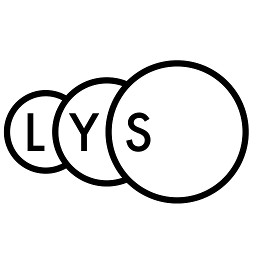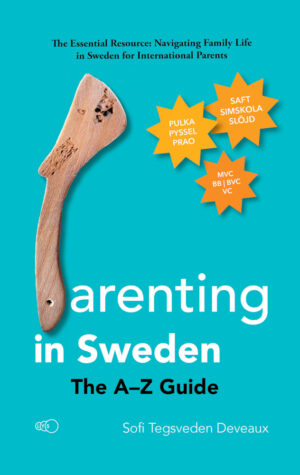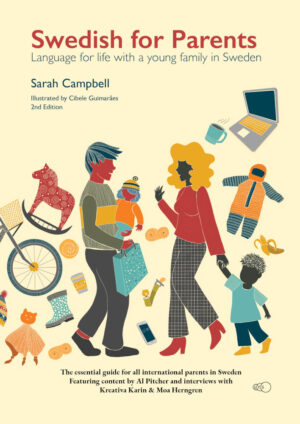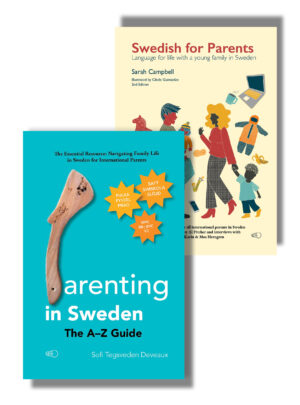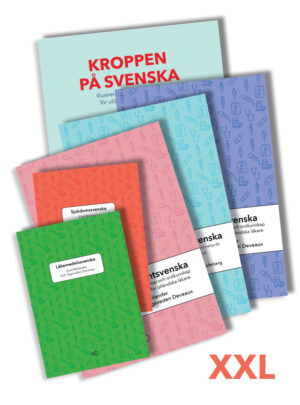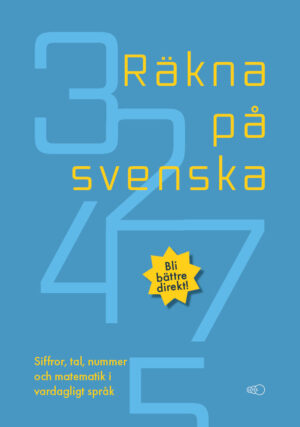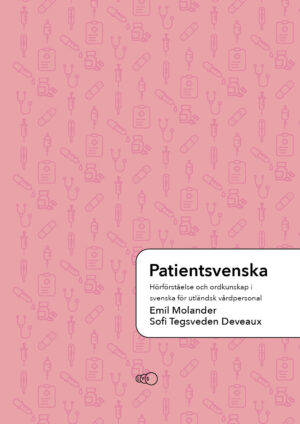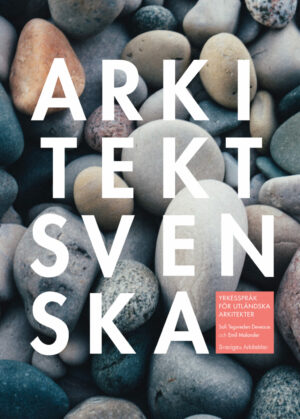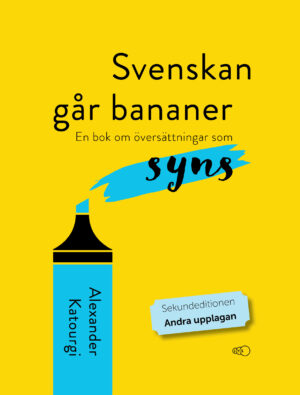Have you noticed the beautiful Swedish concept of förmiddag – “forenoon” as opposed to afternoon, and being the time between early morning and noon?
Also, there’s the useful concept of dygn, meaning a full 24-hour period, whereas dag refers only to the time you’re (supposed to be) awake. Conceptions of time are, naturally, both subjective and culturally biased, but roughly speaking, this is how Swedes would normally divide the day:
- 6:00-9:00 morgon
- 9:00-11:00 förmiddag
- 11:00-12:30 mitt på dagen
- 12:30-17:00 eftermiddag
- 17:00-23:00 kväll
- 23:00-6:00 natt
The difference between kväll and natt are not exactly the same as the English evening and night. Kväll refers to the time you’re still up, perhaps meeting people, eating something, watching TV. Natt, however, refers to the time you are asleep or should be asleep.
Regardless of time and what you call it, it’s always time for coffee. How many of these boxes have you ticked today?
- morgonkaffe
- frukostkaffe
- förmiddagskaffe
- förmiddagsfika
- kaffe på lunchen
- eftermiddagskaffe
- eftermiddagsfika
- påtår
- kaffe på maten
- kvällskaffe
- kvällsfika
